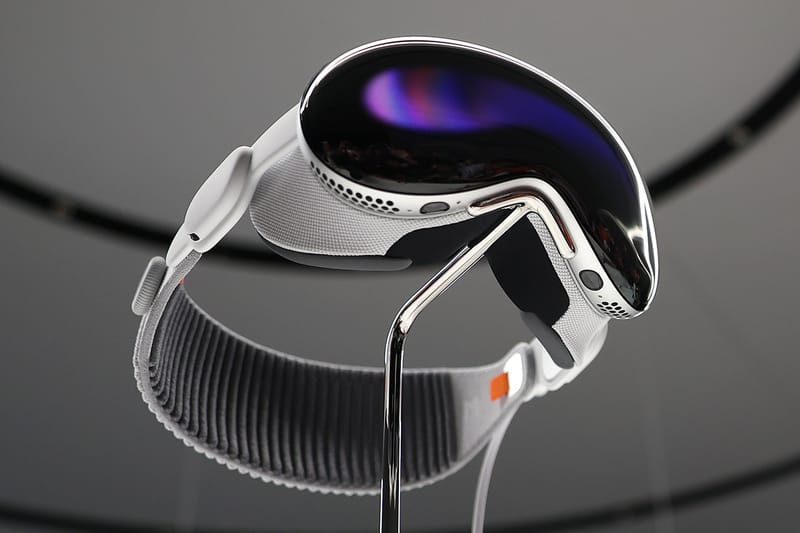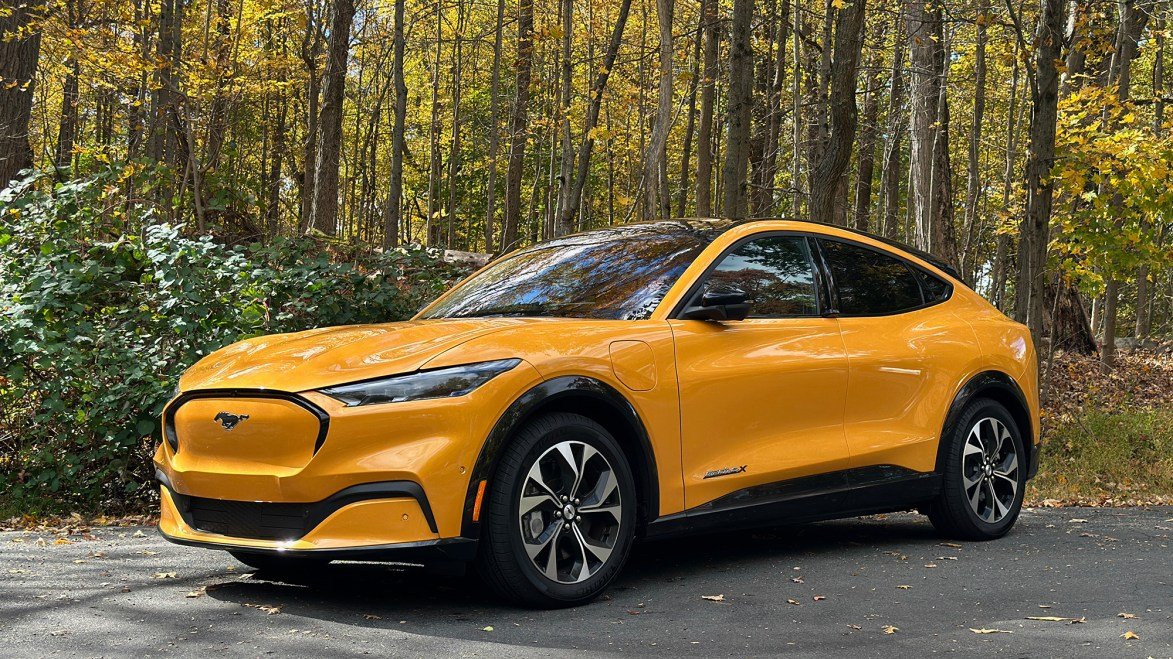There is something almost magical about watching a machine you built spring to life. For children, the moment a set of parts becomes a walking, rolling, or even dancing robot can feel like a moment of pure creation. For hobbyists, it’s the thrill of problem-solving in three dimensions — of designing something that lives at the crossroads of art, engineering, and imagination. Robotics kits have evolved far beyond simple toys; they are gateways to a world where mechanical engineering, electronics, and coding merge into a single, captivating experience.
This isn’t just about gears and circuits. It’s about learning how things work by touching, experimenting, and sometimes breaking them. It’s about seeing technology not as a black box but as something you can shape with your own hands. And in an age where so much technology is sealed away inside glossy devices, robotics kits bring back the raw joy of tinkering.
Why Robotics Kits Are More Than Toys
The beauty of a robotics kit is that it can meet you wherever you are on your learning journey. For a curious eight-year-old, a kit can be a safe first step into engineering — a way to understand that motors need power, that gears can change speed, and that a robot’s “brain” must be told what to do. For a teenager or an adult hobbyist, the same concept scales up into something far more sophisticated: programmable microcontrollers, sensor arrays, AI-powered vision systems, and even autonomous navigation.
Educational research backs up what every good tinkerer knows: building is one of the best ways to learn. Constructing a robot requires breaking a problem into steps, planning ahead, adapting when things go wrong, and combining skills from multiple disciplines. Children learn patience, persistence, and problem-solving almost without realizing it. Hobbyists, meanwhile, get the mental workout that comes from balancing creativity with precision — and often, the satisfaction of seeing their ideas take physical form.
The Shift from Mechanical to Mechatronic
In the early days, most robotics kits were essentially mechanical models — wind-up toys or simple wired circuits that made motors turn. Today’s kits integrate electronics and programming into their core. The shift has been toward mechatronics — the fusion of mechanical systems with electronics and software.
Modern robotics kits might include programmable microcontrollers like Arduino or Raspberry Pi, modular snap-together sensors, and servo motors capable of precise, graceful movements. They often connect to mobile apps or desktop software for intuitive programming, allowing builders to drag-and-drop logic blocks or write full lines of code. This evolution has made it possible for even beginners to create robots that follow lines, respond to voice commands, or navigate using cameras.
Choosing the Right Kit for Different Minds
While the market is overflowing with options, the “best” robotics kit isn’t the one with the most parts or the highest price tag — it’s the one that matches the builder’s skill level, interests, and goals.
For younger children, safety and simplicity matter. Kits with large, colorful pieces, no exposed wiring, and drag-and-drop coding environments make robotics approachable without overwhelming them. The focus is on creating something fun and interactive quickly, so the excitement stays alive.
For older kids and hobbyists, complexity can be a feature, not a bug. A kit that allows customization, offers open-source programming environments, and supports additional components keeps the project growing with the builder’s skills. Some kits are designed to be modular, meaning you can start small and add more sensors, motors, or even 3D-printed custom parts as you go.
The Joy of Programming Your Creation
The moment you switch on a robot and watch it follow your instructions is a uniquely satisfying one. It’s the proof that you’ve not only built something physical but also given it a kind of “mind.”
Modern kits offer different ways to code robots. Some use visual programming languages — think colorful puzzle pieces that snap together to create instructions. This method is ideal for children and beginners because it avoids the intimidation of syntax errors. Others allow full text-based programming in languages like Python, C++, or Java, giving hobbyists precise control and the ability to implement complex algorithms.
The learning curve might seem steep, but it’s deeply rewarding. The process of debugging — of figuring out why your robot veers left instead of going straight — teaches logical thinking in a way no textbook can.
Robots That Do More Than Move
The best robotics kits aren’t just about motion; they’re about interaction. A truly engaging kit encourages the builder to create robots that sense, respond, and adapt.
Many modern kits come with sensors for light, sound, distance, temperature, or even object recognition via small cameras. This turns a basic robot into something more dynamic: a rover that avoids obstacles, a mechanical pet that reacts to your voice, or a robotic arm that sorts colored objects.
This sensor-based interactivity brings a spark of life to the robot, making it feel less like a machine and more like a partner in play or a tool for exploration. It also introduces builders to the fundamentals of feedback systems — a concept that underpins much of engineering and technology.
The Role of Open-Source Communities
One of the most exciting developments in recent years is the rise of open-source robotics. Many kits now come with community forums, shared code libraries, and user-generated designs. This means you’re not building in isolation; you’re part of a global network of makers.
For kids, this can be inspiring — they can see what other young builders have created and adapt those ideas for their own projects. For hobbyists, open-source communities are gold mines of knowledge, troubleshooting tips, and inspiration. Sharing a finished robot online can lead to feedback, collaboration, and sometimes even competitions.
Competitions and the Spirit of Innovation
Speaking of competitions, many robotics kits are designed with challenges in mind. Events like FIRST LEGO League, VEX Robotics Competitions, and local maker fairs give builders a goal: design a robot that can navigate a course, complete tasks, or battle other machines.
For children, these events blend teamwork with engineering. They learn how to divide tasks, manage time, and solve problems under pressure. For hobbyists, competitions can be both a test of skill and a chance to showcase creativity. There’s nothing quite like the adrenaline rush of watching your robot successfully perform its task in front of a cheering crowd.
The Long-Term Educational Value
While robotics kits offer immediate fun, their long-term impact is even more significant. They open doors to STEM (Science, Technology, Engineering, and Mathematics) pathways, making concepts like gear ratios, programming logic, and electrical circuits feel natural.
Many professional engineers trace their careers back to the moment they built their first robot as a child. Hobbyists, too, often find that their tinkering with kits deepens their understanding of technology in ways that transfer to their work or other creative projects.
And in a world where automation, AI, and robotics are reshaping industries, familiarity with the basics of robot design and programming is becoming a valuable skill — one that might give a young builder an edge in their future career.
From Hobby to Mastery
For the passionate hobbyist, robotics kits are more than starter projects; they can be platforms for mastery. Many kits are expandable — you can integrate advanced microcontrollers, add machine learning capabilities, or even link multiple robots together to perform complex coordinated tasks.
Some enthusiasts take their skills into specialized fields: building robotic prosthetics, drones, underwater explorers, or art installations. The kits become stepping stones toward innovation in the real world.
The Emotional Connection
Perhaps the most unexpected thing about robotics is the emotional bond that can form between builder and creation. Whether it’s a child naming their first wheeled bot “Speedy” or a hobbyist feeling a swell of pride as their machine completes a difficult maneuver, there’s a sense of shared journey.
This connection turns robotics into more than a technical pursuit. It becomes personal — a way of expressing creativity, persistence, and problem-solving in physical form.
Looking Ahead: The Future of Robotics Kits
The future of robotics kits is likely to be even more immersive. As AI becomes cheaper and more accessible, we can expect kits that include natural language processing, computer vision, and autonomous decision-making right out of the box. Imagine a kit where your robot learns from its mistakes, adapts to your commands, and becomes smarter with each interaction.
For kids, this means an even richer environment for learning. For hobbyists, it opens endless possibilities for experimentation and innovation. The line between “kit” and “research project” may blur entirely.
A World of Builders
Whether you’re a child building your first robot that beeps and spins in circles, or an experienced hobbyist crafting a precision machine, robotics kits are invitations to create. They remind us that technology is not just something we consume but something we can shape.
Every gear you tighten, every line of code you write, and every challenge you overcome adds to your skill — and your joy. In that way, the “best” robotics kit is simply the one that gets you building, thinking, and imagining more.






